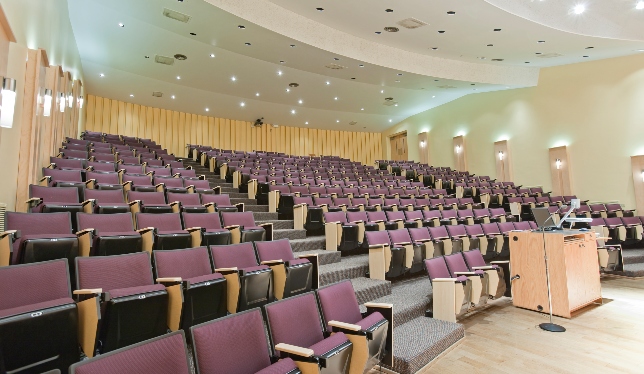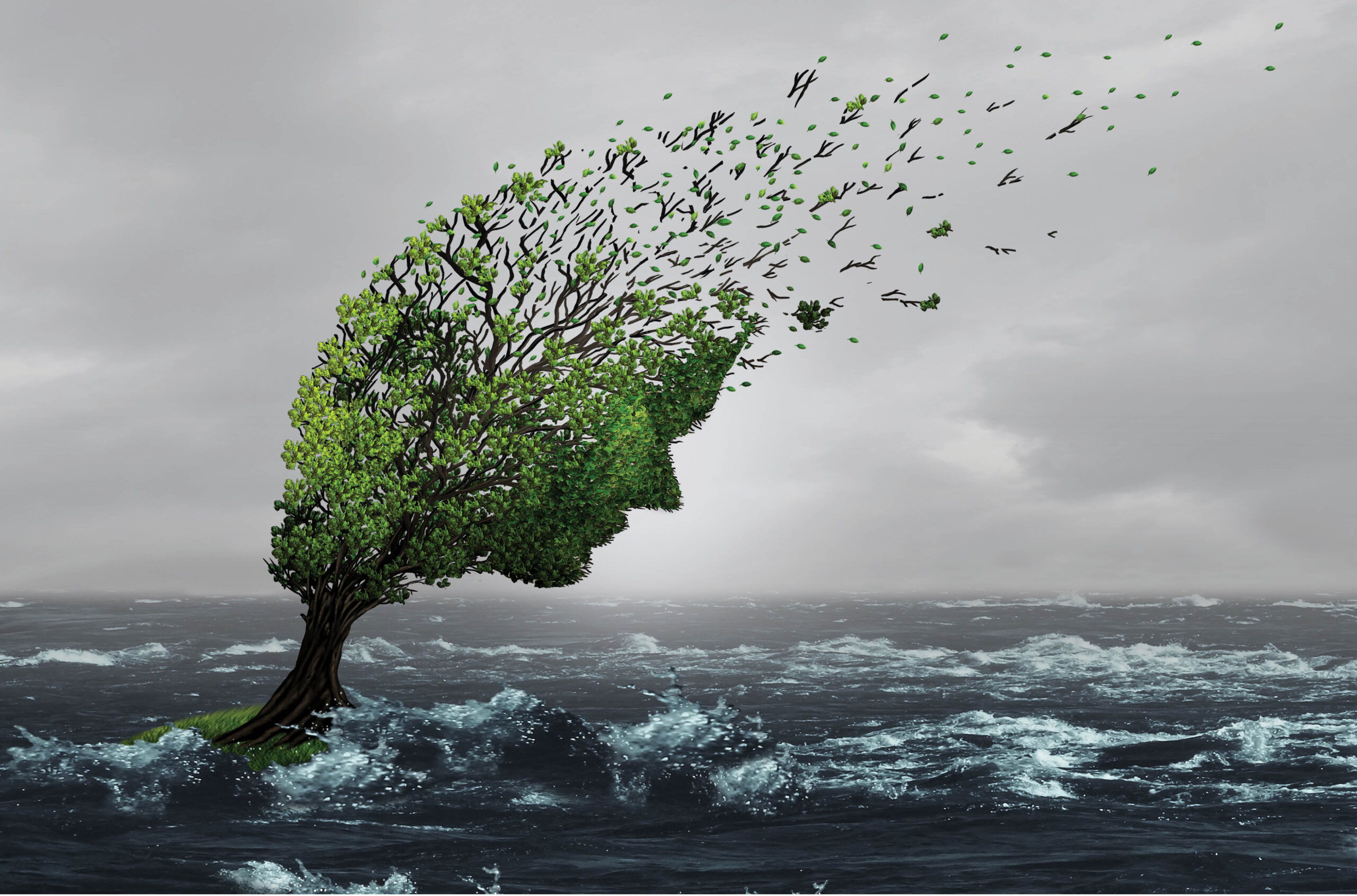The big transition begins as faculty switch to online learning in response to COVID-19
As long as faculty are consistently communicating with students, the delivery method isn’t as important as the content, says one expert.

With most of the country now under provincial state-of-emergency orders, and many cities on quasi-lockdowns, Canada’s universities have essentially shut down. Now begins an unprecedented educational experiment as faculty attempt to transition their courses en masse to online learning.
But of course, these aren’t classes that were designed with distance learning in mind. Instead, many instructors had a week, or maybe just a day or two, to scramble and rejig their courses for a new delivery system. While this is a less-than-ideal method of course development, say education experts, there is simply no other option at this time. And so, collectively, universities are making the switch.
At Carleton University, President Benoit-Antoine Bacon says the decision to cancel in-person classes was not taken lightly. “We all recognize that the scale of this shift, on a tight timeline, is a significant challenge. As we transition to teaching online, instructors should be pragmatic and realistic, focus on a straightforward approach, and communicate regularly with students,” he says.
Annette Trimbee, president of the University of Winnipeg, also acknowledges the impact of this decision to move online, but says she’s so far been impressed by the response from faculty and staff. “As a leader of the university, I tell people our role is to absorb chaos, portray calm and convey hope. But I’m going to add a fourth one: our role as leaders is also to bring out the best in people.”
With all in-person classes cancelled for the rest of the semester at a minimum, and some universities already announcing that spring and summer courses will shift to online as well, faculty are moving quickly to avoid major disruptions for students. Online learning experts say there are a number of things to keep in mind, especially for faculty entering the distance-learning arena for the first time.
First, prioritize the content that students still need to learn, and jettison what can be left behind, say online educators. With the semester coming to an end, it’s likely that students have already absorbed the majority of the coursework. With what’s left, decide what needs to be the focus and stick to one delivery method.
George Veletsianos, who holds the Canada Research Chair in Innovative Learning and Technology and is a professor in the school of education and technology at Royal Roads University, suggests that now is not the time to start experimenting with new technologies. Pick one platform: “in some cases it might be email; in other cases, it might be your learning management system; in other cases, it might be a real-time synchronous learning platform.” As long as faculty are consistently communicating with students, the delivery method isn’t as important as the content, he says.
And it’ll be clarity that makes or breaks a lesson. Marc-André Carle is the director of teaching and research at Université TELUQ, Quebec’s French-language distance-learning university. He notes that in a traditional class setting, with three hours or so a week spent face-to-face with students, faculty have approximately “15 opportunities to readjust or reassess, and you have a lot of constant feedback.” Not so online. Instead, says Dr. Carle, it’s up to the professor to be explicit about the course material and the desired outcomes, guiding students through the instruction.
Instead of simply posting a reading to the class web forum, Dr. Carle suggests clear descriptions of timing and expectations at the top of each assignment. “Giving the student simple guidelines such as: this next topic you need about 90 minutes to do it, and we suggest you do it in one shot.”
Dr. Veletsianos says now might be the perfect time to get creative with assignments and final assessments. Instead of in-person exams, “we might ask students to create other artifacts, like videos or audio recordings and so on. We might also ask students to do live presentations, asynchronous presentations, one-to-one presentations with the faculty member,” he says.
Then there are courses that simply do not translate easily to an online substitute. However, there are more options than might seem obvious at first, says U of Winnipeg’s Dr. Trimbee. “For example, if you’re an education student and at the end of March you were to be in a classroom for a couple of weeks, maybe instead what you’ll be doing is you’ll be working with a teacher to figure out how to do work with students virtually,” she says.
Neil Fassina, president of Athabasca University, Canada’s other fully online university, says his university has offered help and resources to colleagues around the country who are looking at distance learning for the first time. He hopes that while these solutions are a temporary fix in a time of crisis, this period of forced change could spur innovation.
“When we think about the technologies that are available today in online learning, they are quantum leaps beyond what was available even three or four years ago,” says Dr. Fassina. “This will hopefully create a general awareness for the general public around what’s possible.”
But most importantly, now is the time to be flexible and compassionate. Both students and faculty are undergoing a massive cultural shift and struggling to find a new normal. Terence Day, a professor at Okanagan College in B.C., has studied the efforts to maintain academic continuity in the face of disruption. Indeed, his 2015 paper, “Academic Continuity: Staying True to Teaching Values and Objectives in the Face of Course Interruptions,” is one of the few out there dealing with “class cancellation associated with natural disasters, acts of violence and the threat of pandemics.”
In his study, “I found, for example, that students were more responsive when they could see a picture of me on the screen then when they could just see a PowerPoint slide on the screen,” Dr. Day explains. “Teaching and learning is a very human experience, and trying to relegate it to a machine or a PowerPoint slide just isn’t going to work for many people.”
It’s that human element, say experts, that will carry students and faculty through to the end of this term – and, more broadly, through this crisis as a community.
Featured Jobs
- Electrical and Computer Engineering - Assistant/Associate ProfessorWestern University
- Indigenous Studies - Assistant Professor, 1-year termFirst Nations University of Canada
- Electrical Engineering - Assistant Professor (Electromagnetic/Photonic Devices and Systems)Toronto Metropolitan University
- Economics - Associate/Full Professor of TeachingThe University of British Columbia














Post a comment
University Affairs moderates all comments according to the following guidelines. If approved, comments generally appear within one business day. We may republish particularly insightful remarks in our print edition or elsewhere.
2 Comments
A major element that is going unrecognised is the impact of the over-reliance on precarious employment in Canada’s post-secondary institutions. We have a number of contract instructors across the country who get paid a nominal, often nearly offensive, rate, hustling and putting in overtime, working Saturdays and Sundays in order to accommodate students whose child care needs during the week, arising from schools being closed, with no indication of whether or not they will be hired back and it is March.
Contracts are ending with the end of the Winter semester, yet employers aren’t focusing on recruitment at the moment. Where does that leave contract instructors? They won’t qualify for the $2000/month COVID-19 funding offered by the federal government because their contracts were going to end anyway, yet EI is insufficient to live on. They can’t get jobs to prevent reliance on EI because hiring is not a priority at the moment.
Given how much the academe like to focus on equity and social determinants of health, it is ironic that these institutions have created conditions which are untenable and unhealthy for the instructors they rely so heavily on to deliver this material, even in times of crisis.
Can we please stop calling this online teaching? It takes real work to develop an online course and what I have been doing over the past weeks is not online teaching but emergency remote instruction. It did not work well for many students as they had to move out of residence and needed to get a new internet connection (which did not come through); they did not have enough wifi capacity at home or did not even have a functioning computer.
Also, I don’t know how to make a video and I assume I have many students who don’t know either so to switch assignments was impossible. Some aspects of this article are annoying.
I wish that my university had given all of us one week time-out to reflect. Instead I had to develop a plan while teaching at the same time and I did not have time to reflect what would have been best for my situation.
I am contract faculty. I have been asked to be flexible with the deadlines by students but I have not been given flexibility with the grade submission deadline and there is no interest by the university to acknowledge that there will most likely considerable work for students who ask for deferrals well into the summer.
So the previous comment is spot on.
While these complaints pale in comparison with those who don’t have any income at all – it highlights the degree to which we have all been victimized by an economic system that puts profits before people. We need tor reverse this.